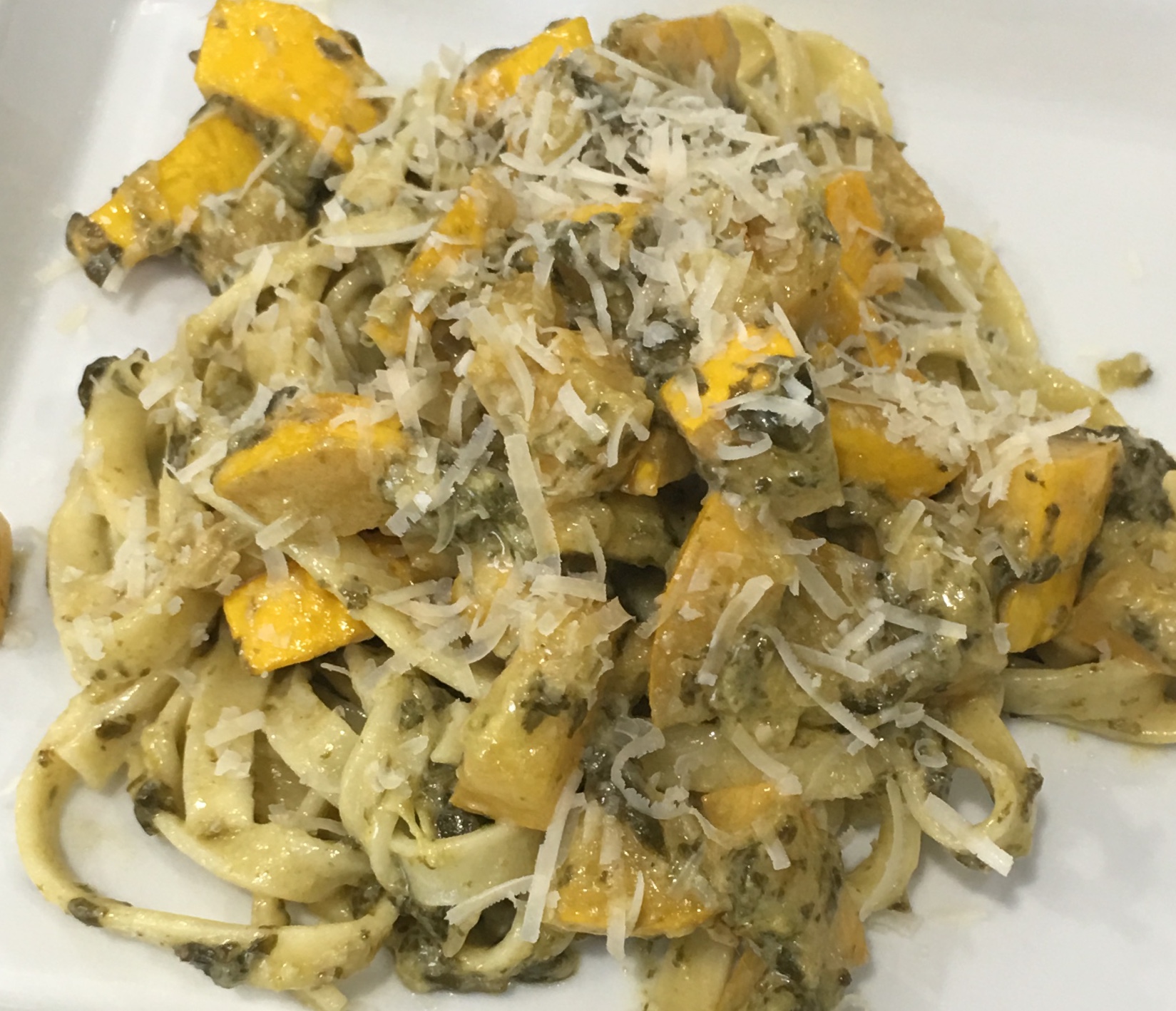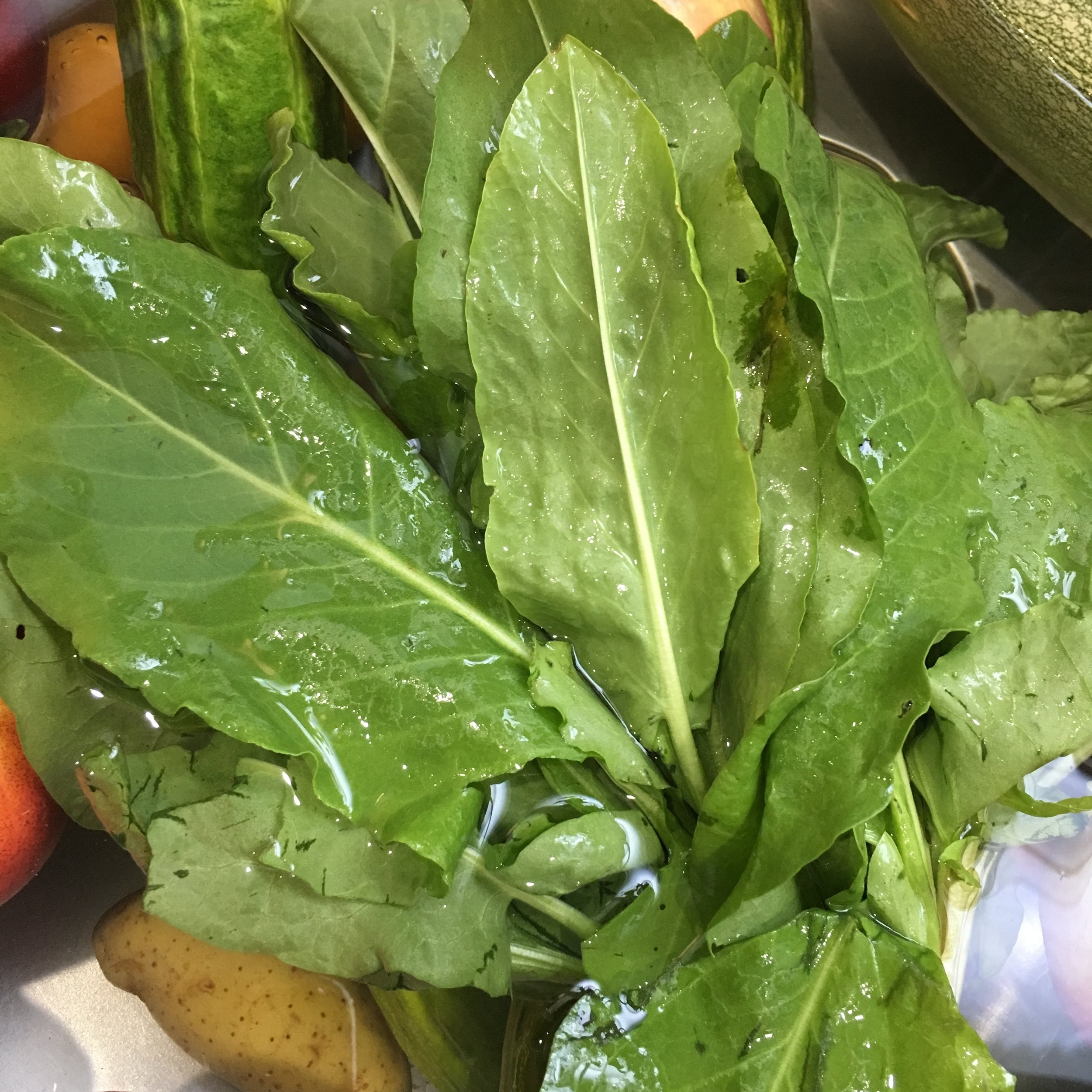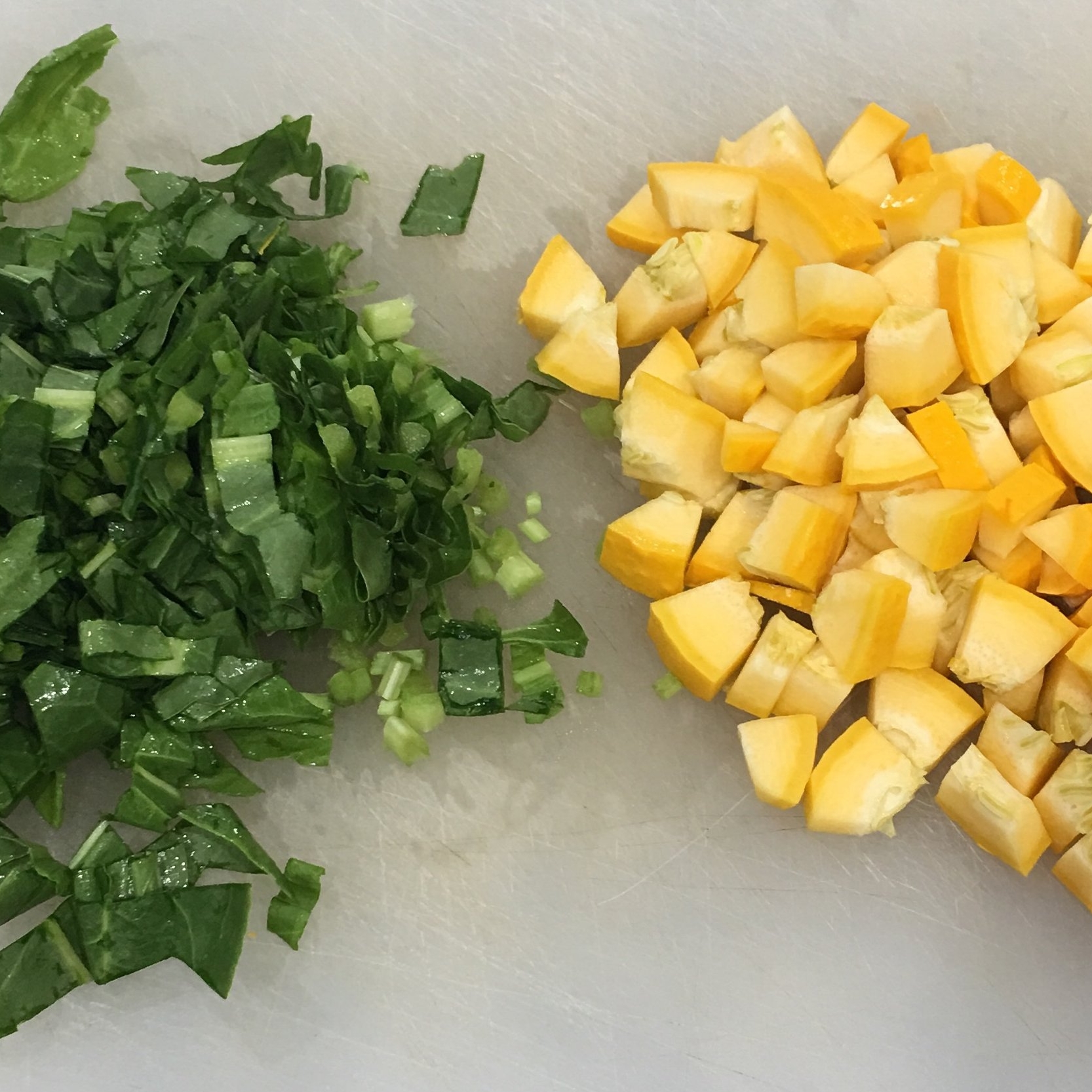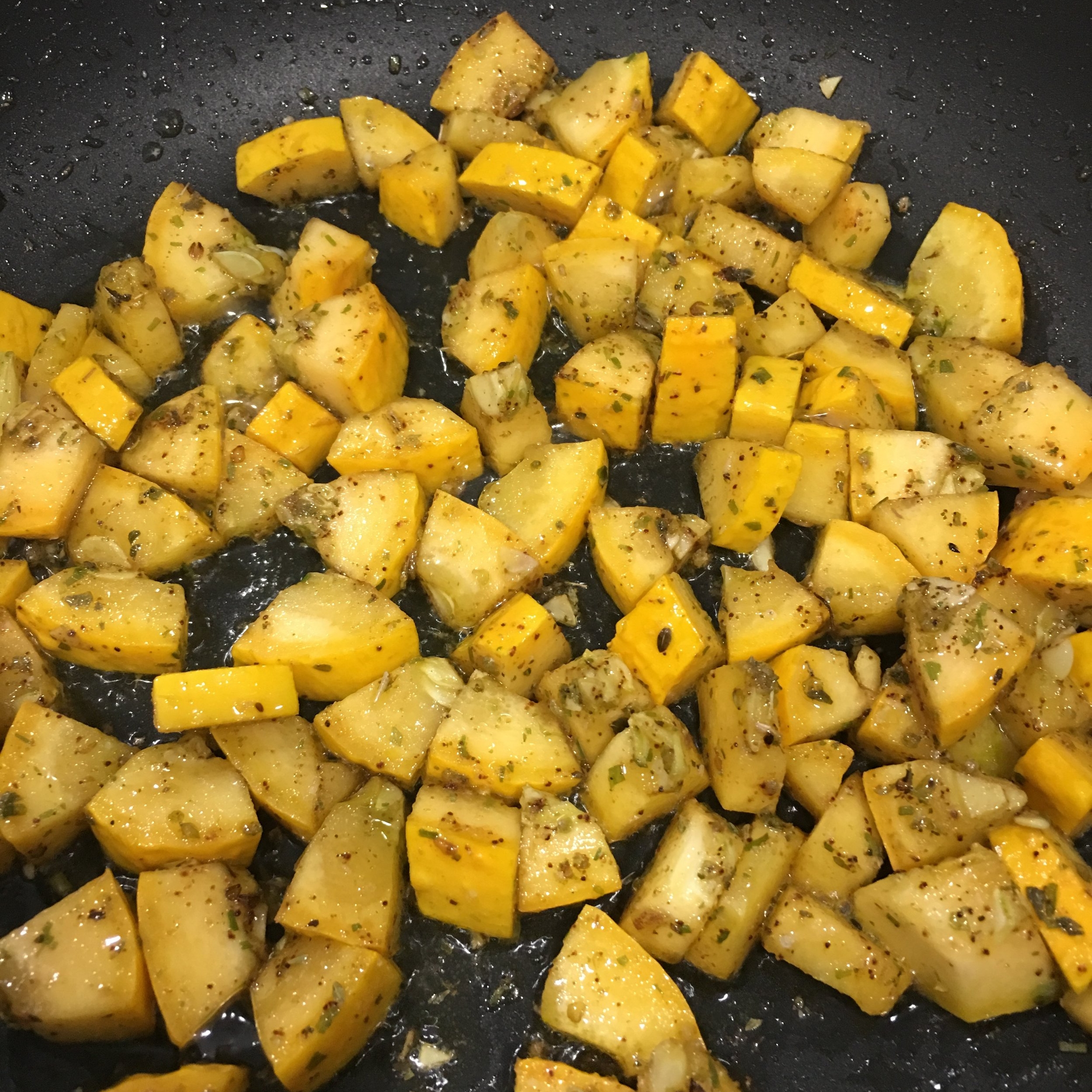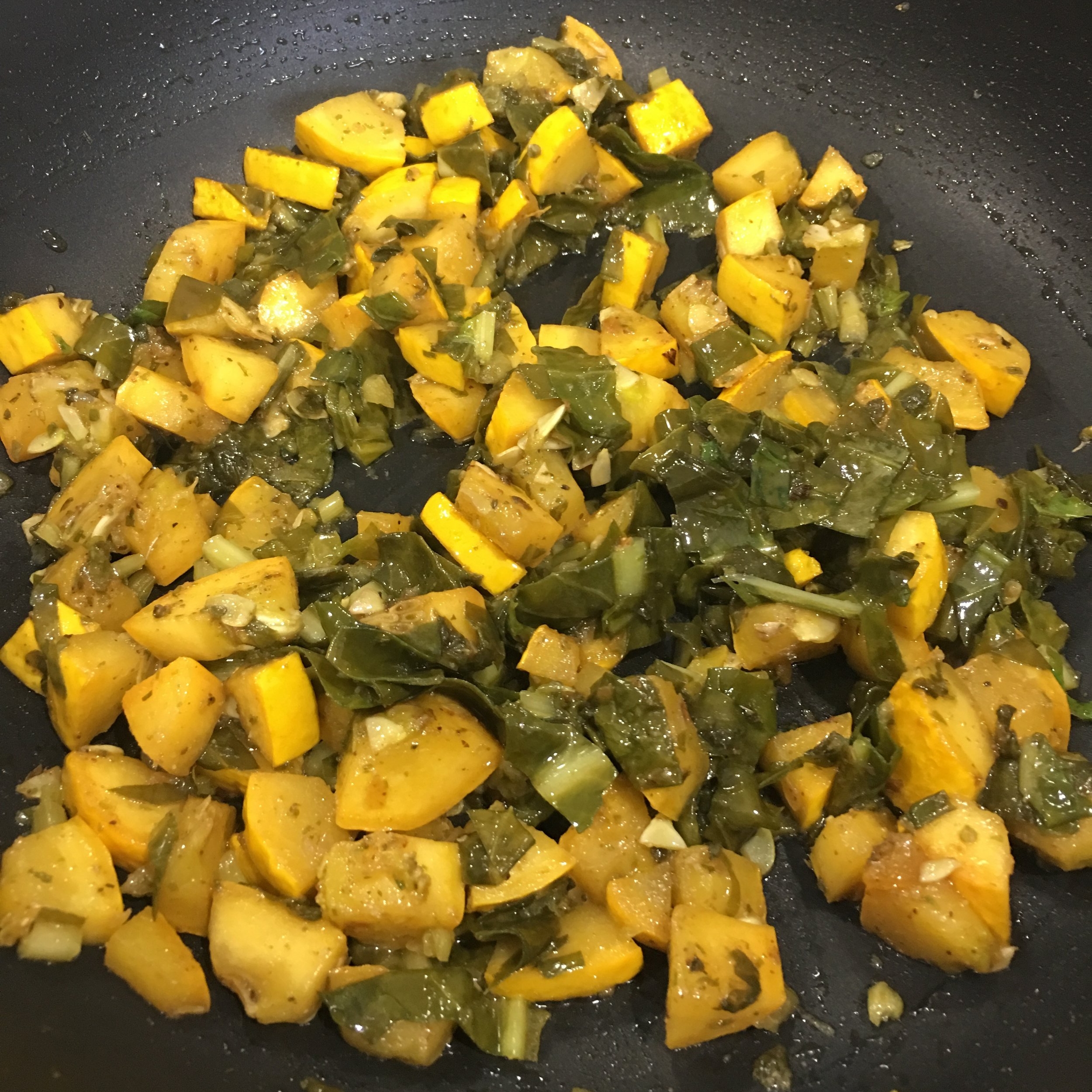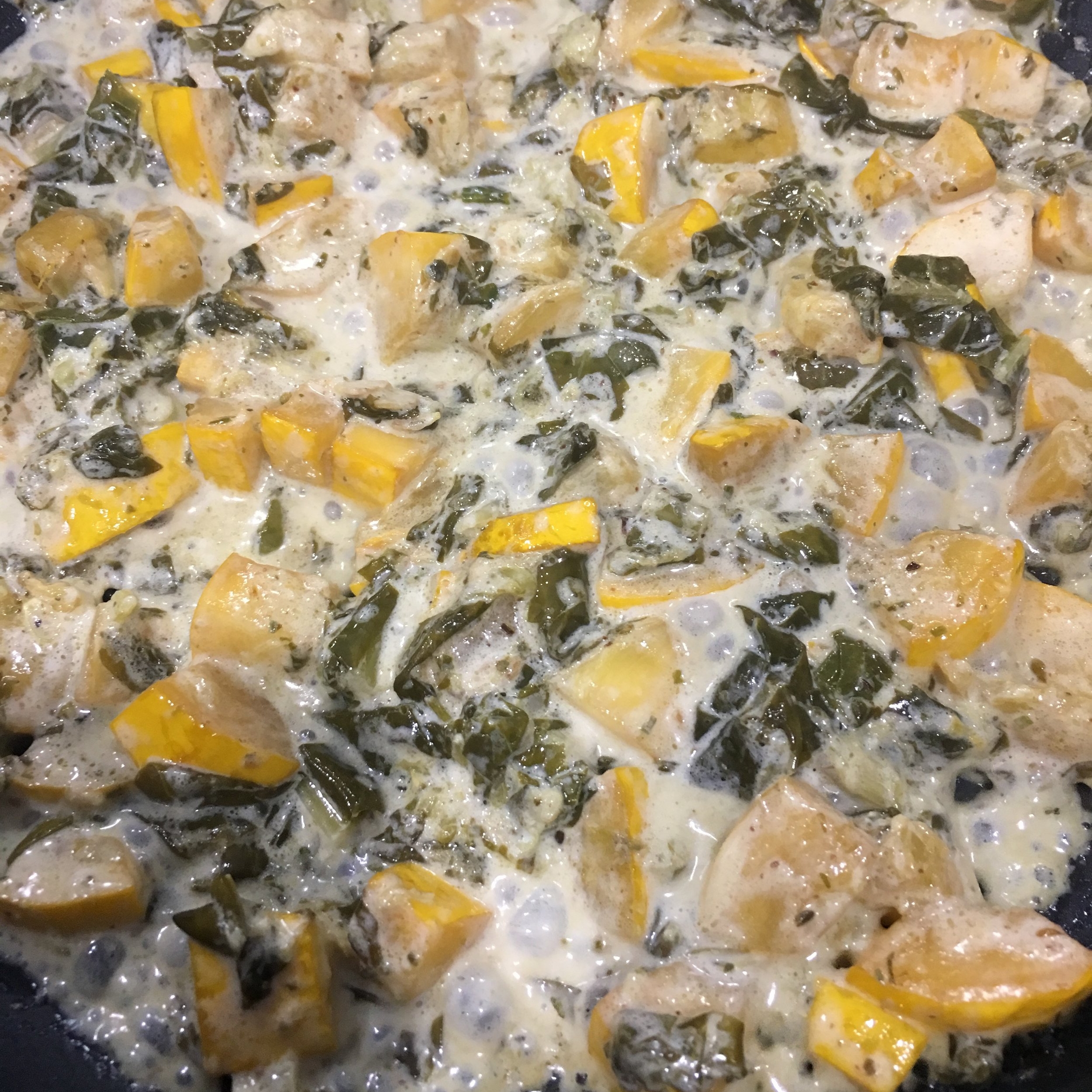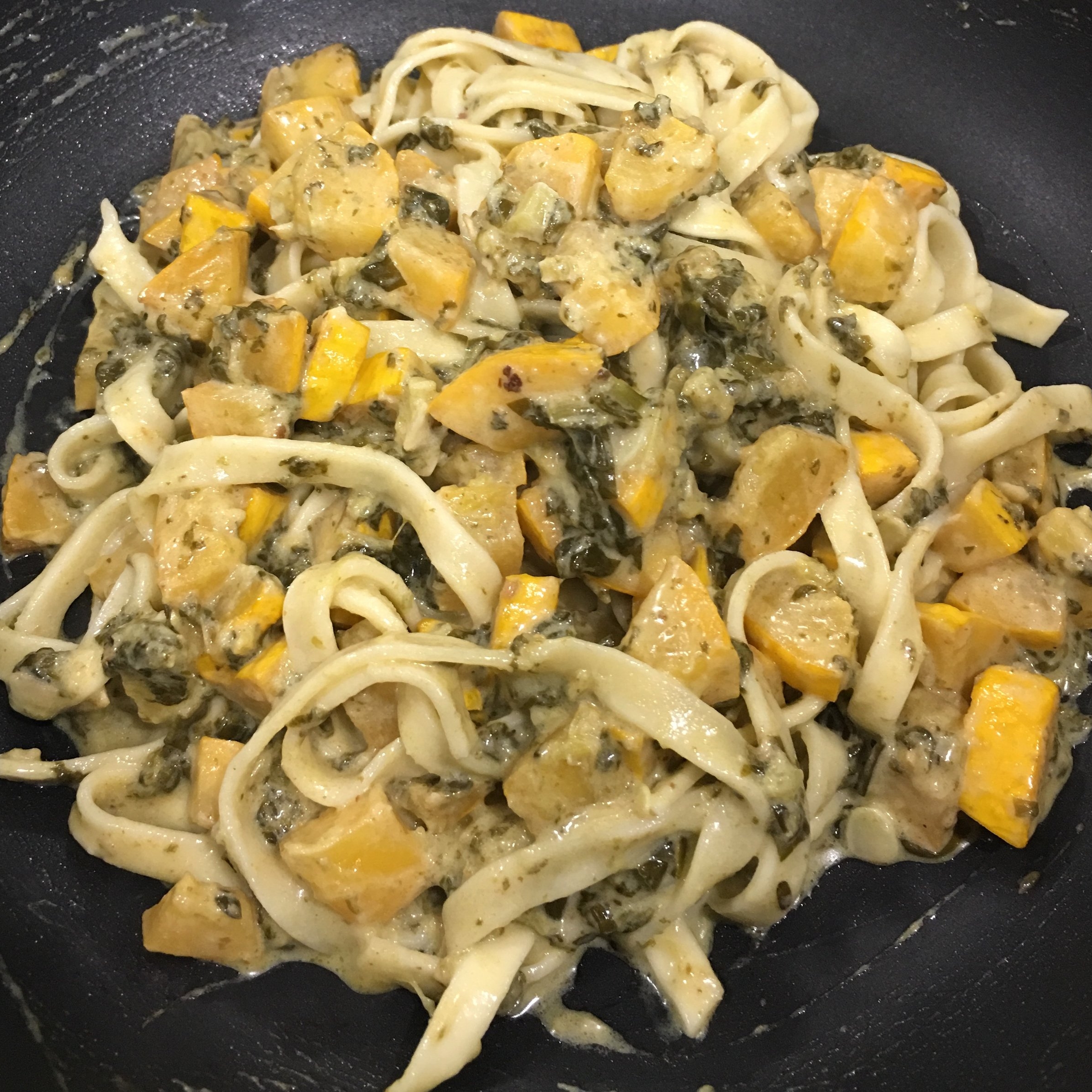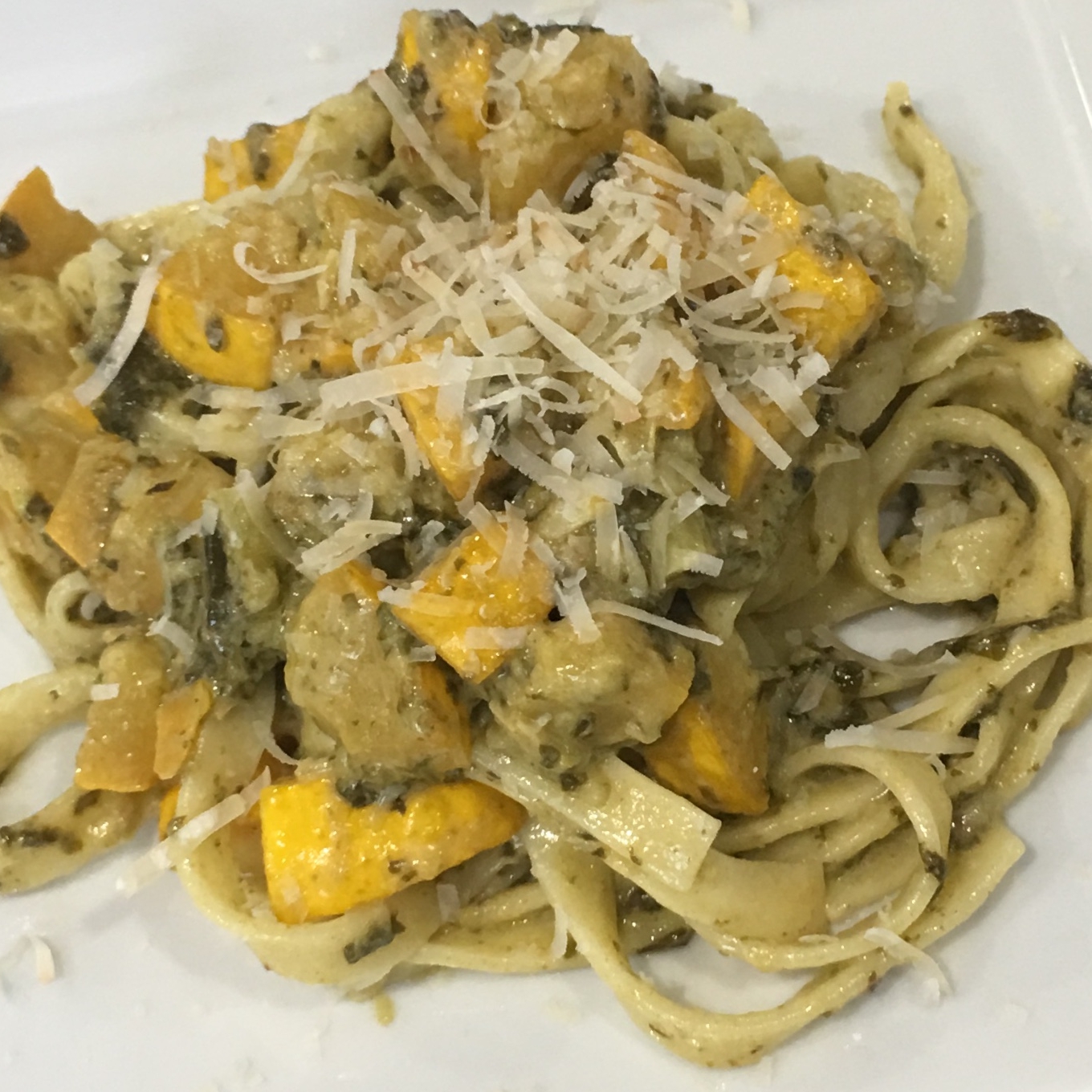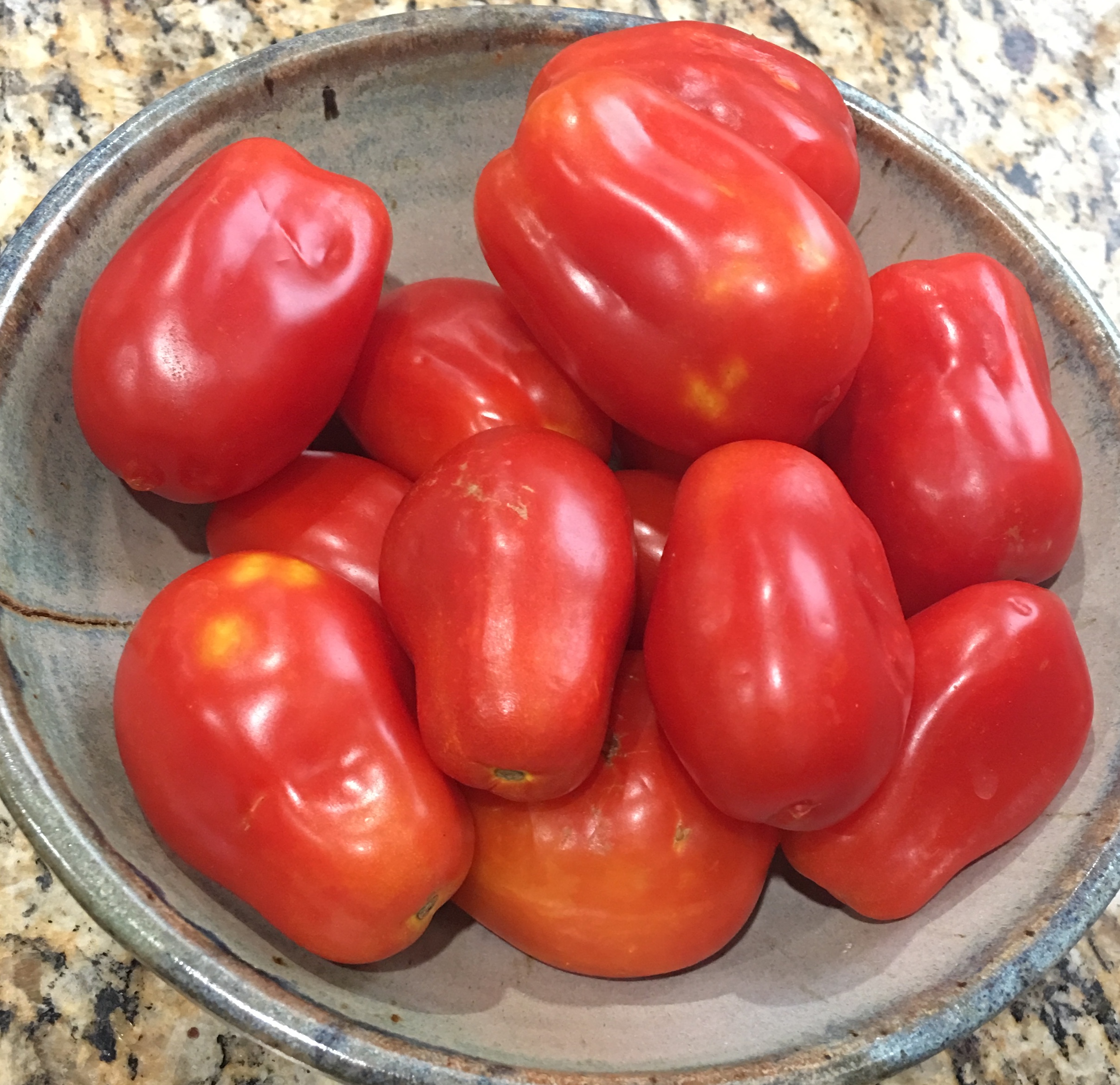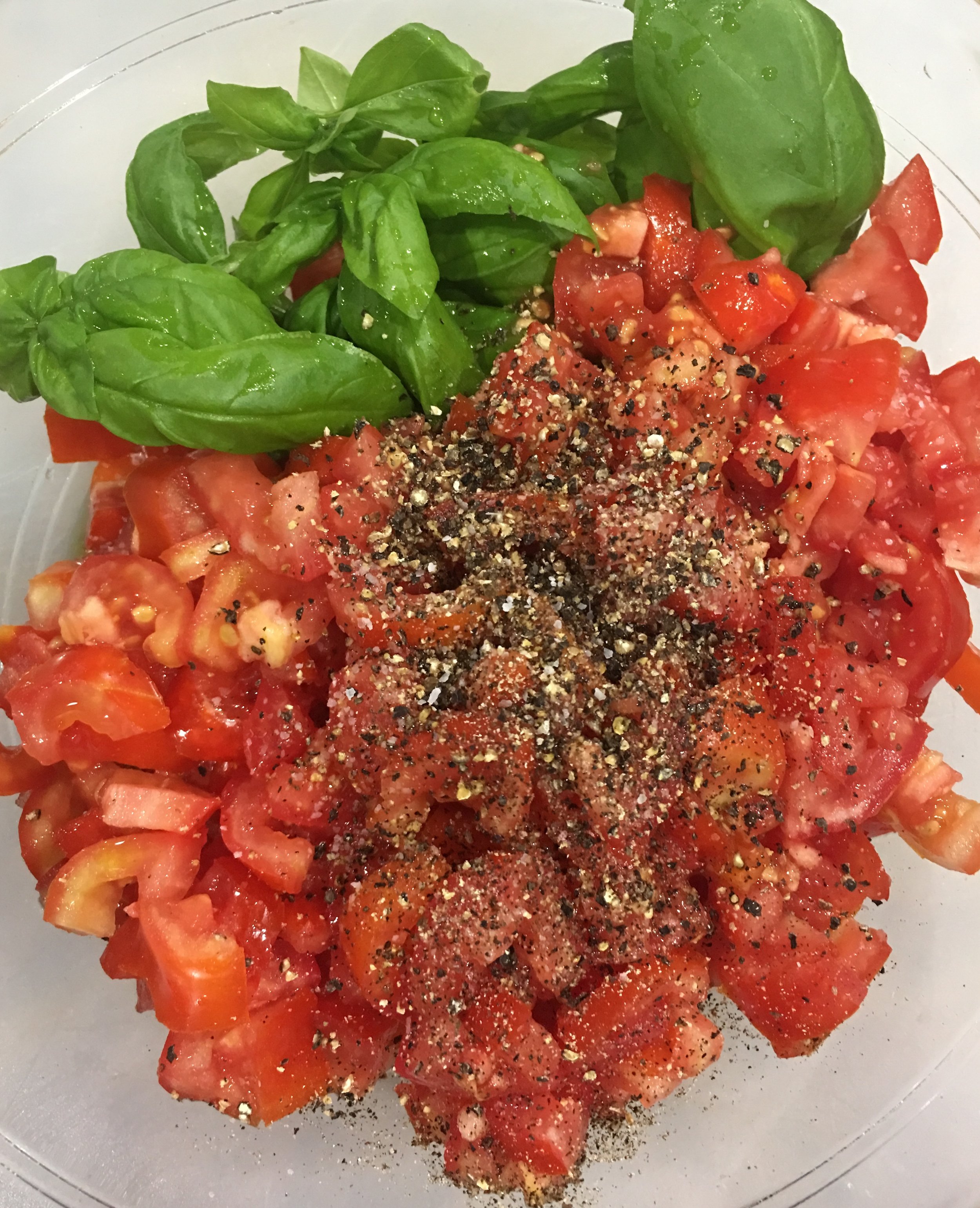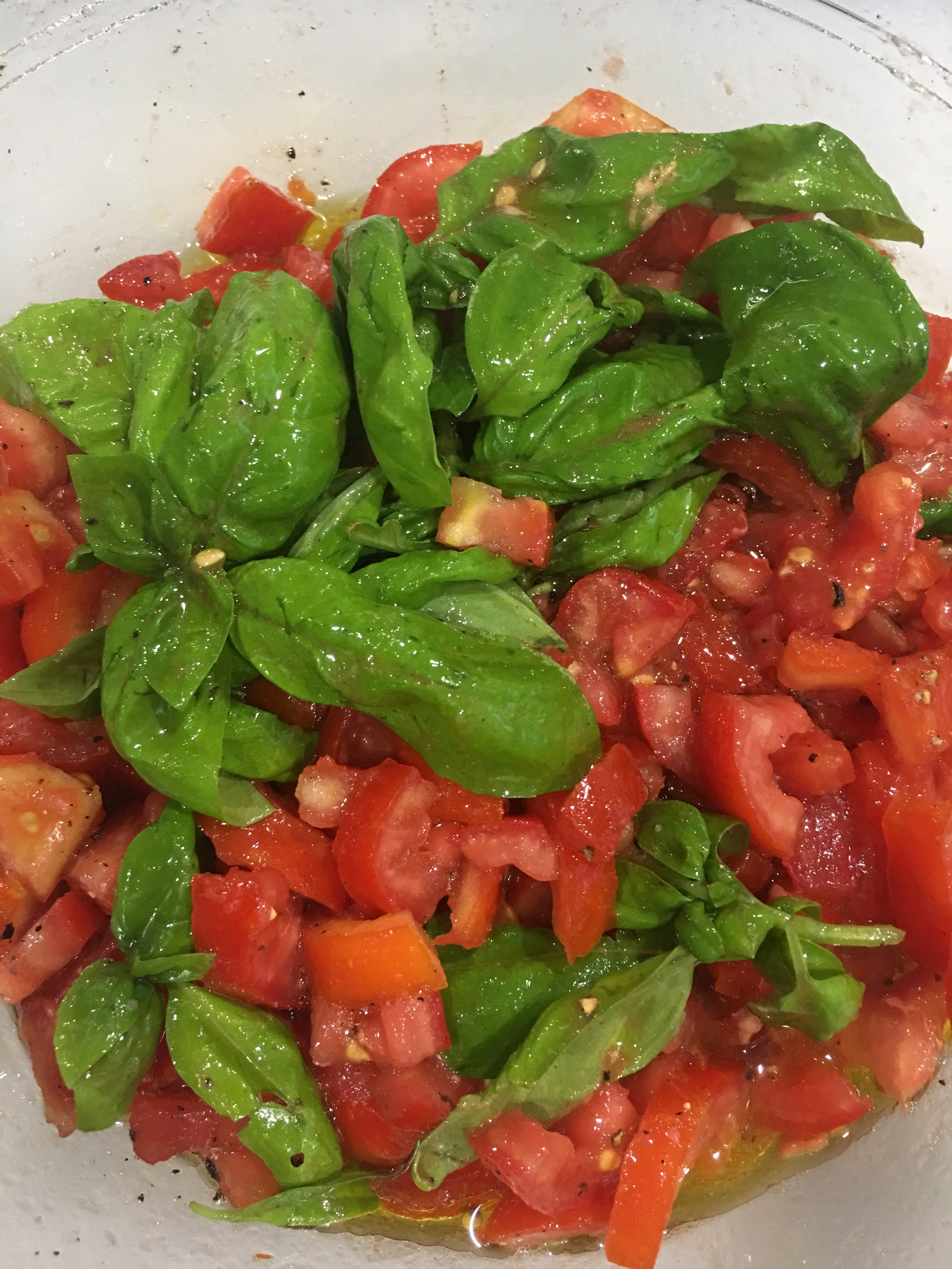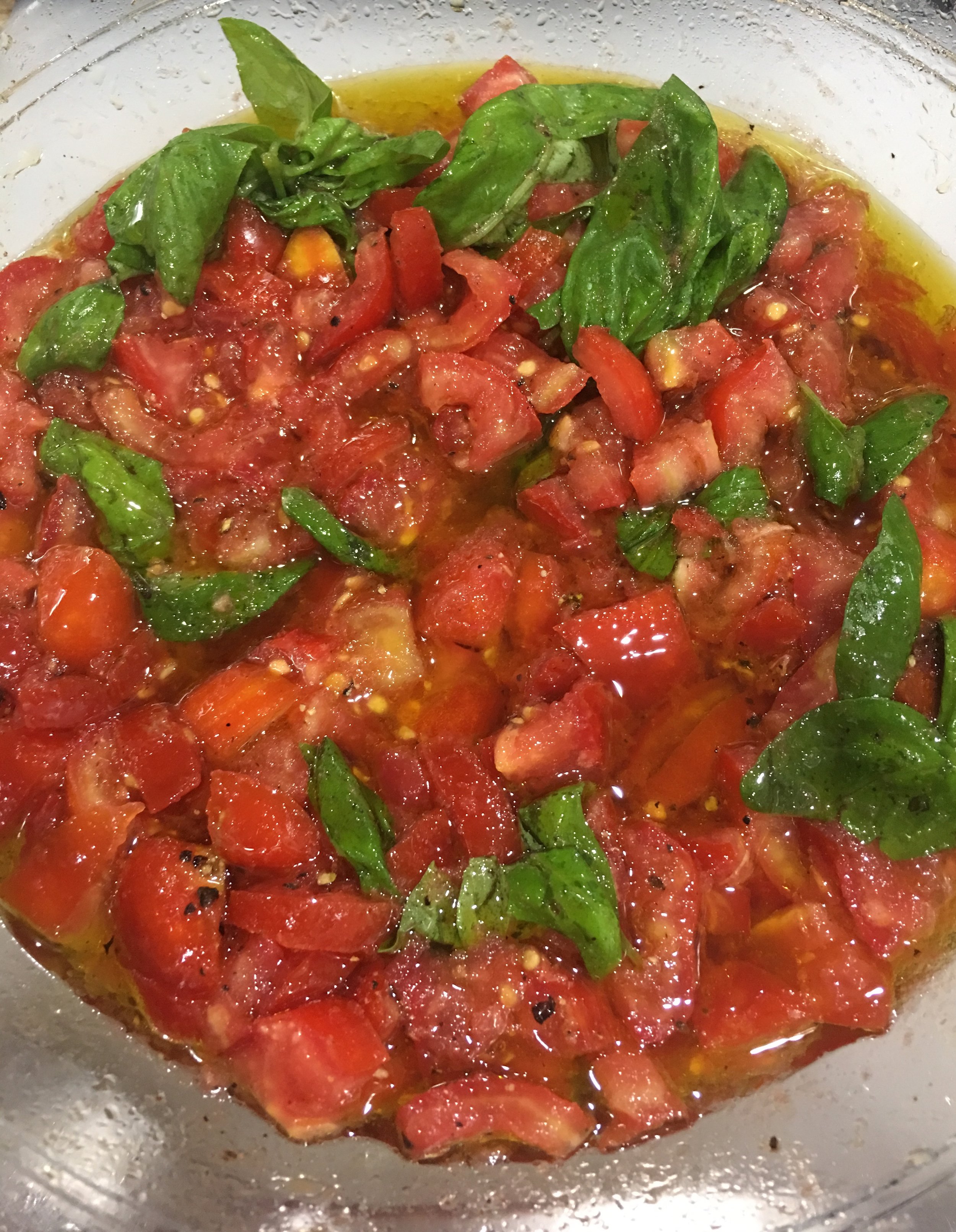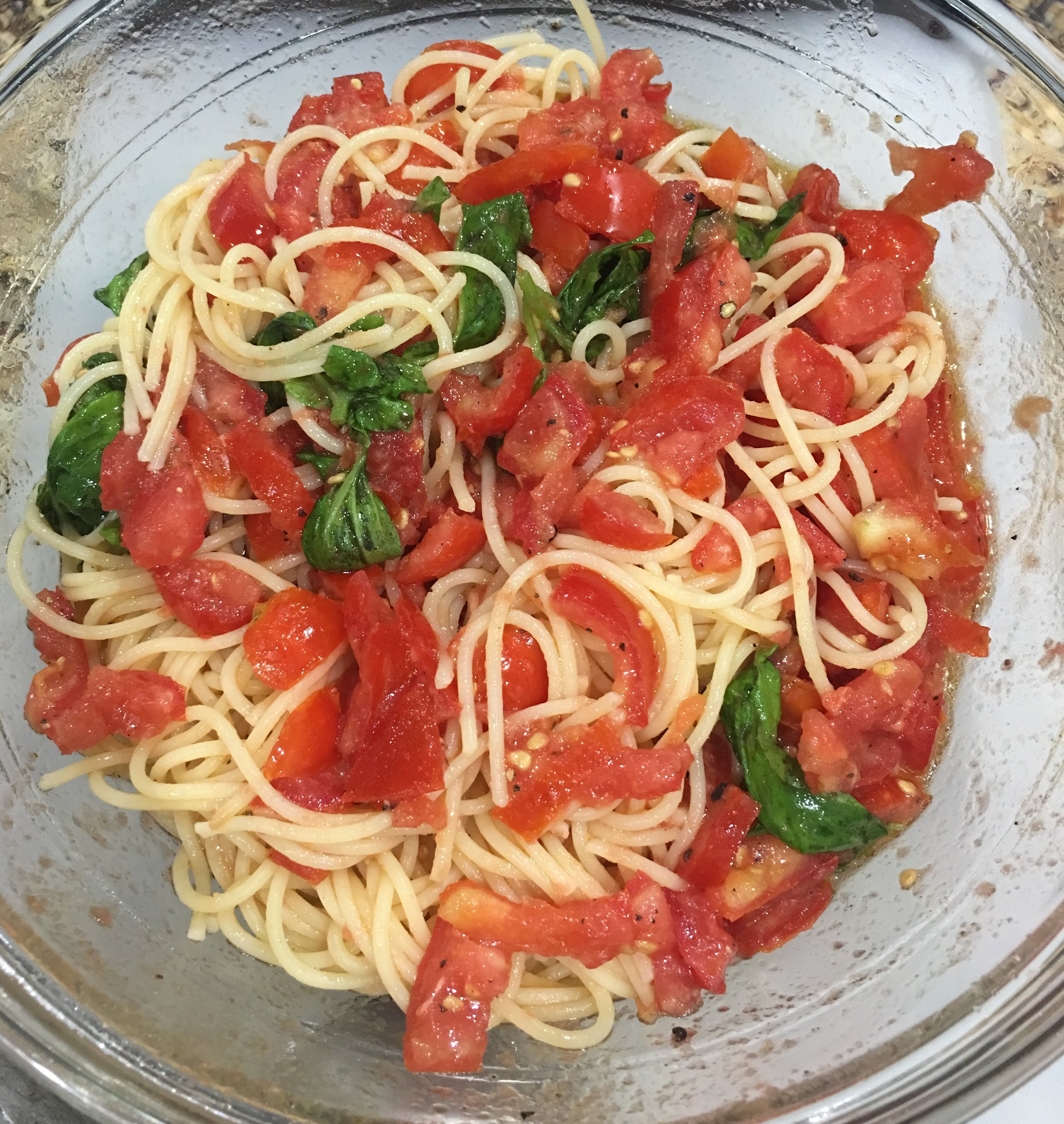Yogurt is the original probiotic. Yogurt based drinks have been popular for thousands of years in places like China, Turkey, the Eastern European and Caucuss regions, and the Middle East. Each part of the world have their own versions, both savory and sweet. The fermentation of the milk allows helpful lactobacilli bacteria to populate our guts and aid in digestion. This balance of bacteria in our guts, known as the microbiome, is being studied intensely in medical circles right now as they are linked to many processes in the body, including mood and memory. Disturbance of this microbiome is thought to cause problems with our health.
Yogurt is a good way to repopulate and nourish a healthy microbiome. I feel strongly that the key to getting benefit from yogurt is choosing one that is free of preservatives, thickeners. (guar gum, carrageenan, methylcellulose, etc) and sweeteners. These ingredients may be causing an inflammatory reaction in the gut, which is the second largest immune organ next to our skin, preventing the absorption of the nutrients and changing the lactobacilli.
This is a delicious recipe for lassi, the Indian version of yogurt drink. I get my goat milk from the remarkable family at Swede Farm. You can always alter the fruit, but I find the cardamom works best with strawberries. This simple and delicious drink is more of a food, which is how I think about all dairy. You’re getting protein, fiber, Vitamin C, Folic Acid, acanthocyanins (plant based compounds thought to be beneficial is heart health and cancer prevention), and the minerals manganese and potassium. A little local honey for sweetness keeps the glycemic index lower than using refined sugars, stevia or agave.
This is a recycled recipe from my Facebook page published on 4/22/17
RECIPE: Strawberry Lassi
INGREDIENTS
- 1 lb strawberries, cut up
- 1 qt natural goat milk yogurt (if using thick goat or cow milk yogurt use 1-1/2 cups yogurt and 1/2 cup water)
- 2-3Tsp honey (optional and to taste depending on how sweet your strawberries are)
- 1/2 tsp Penzey's ground cardamom
PROCESS
- Blend.
- Adjust sweetness.
- Enjoy!
Makes 4 cups.


